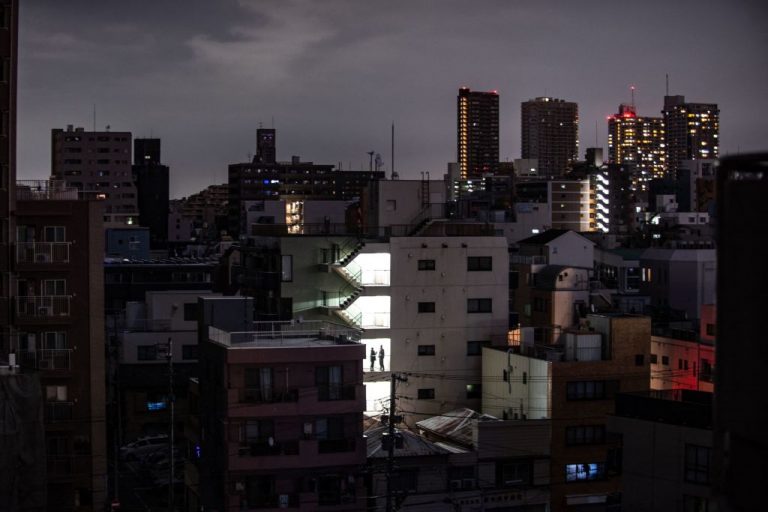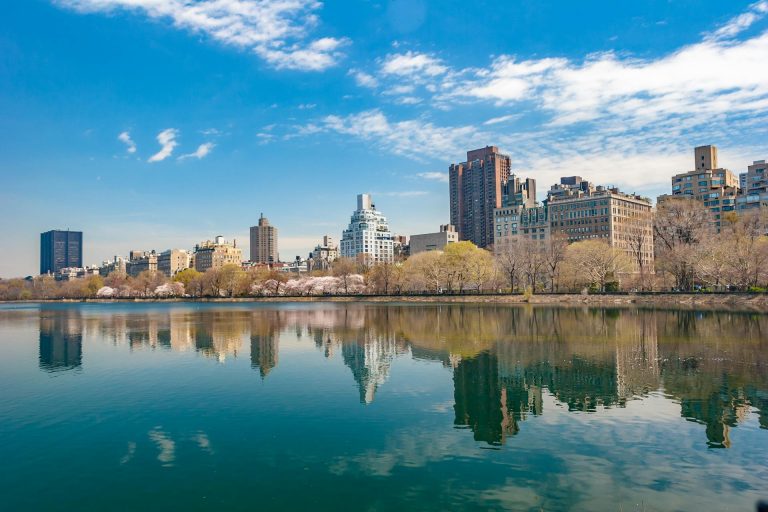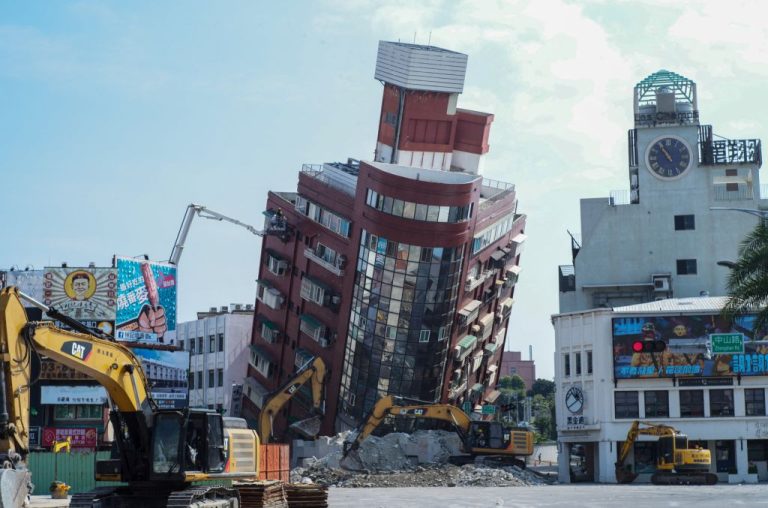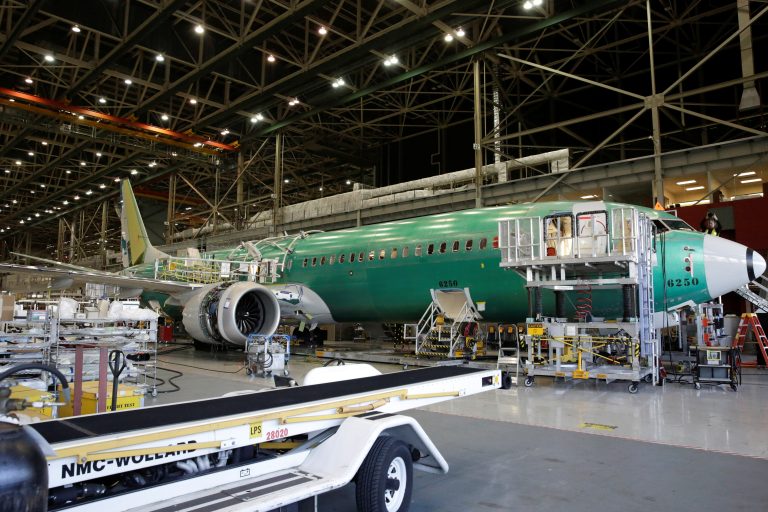Japanese officials have issued a tsunami advisory today (March 16) after a 7.3 magnitude earthquake shook off the coast of Japan near Fukushima on Wednesday evening. The quake occurred near the site of a nuclear disaster in 2011 and has left over 2 million residents across the country without power.
The country’s tsunami advisory warns that the quake could bring about massive waves that reach up to 1 meter above normal tidal levels, with initial waves reaching shore around midnight local time (11 AM EST).
Japan’s Meteorological Agency said the quake had an estimated epicenter depth of approximately 37 miles, and told the Fukushima and Miyagi prefectures in Eastern Japan to be on high alert.
The Agency added that the quake struck 36 miles below the sea and shook large parts of eastern Japan, including Tokyo and Miyagi, where buildings and lights could be seen shaking violently.
Kishida: ‘Please first take action to save your life’
Prime Minister Fumio Kishida told a parliamentary session on Thursday morning that four people had died during the quake and the cause of their deaths are currently being investigated. Kishida also told reporters that 97 others sustained injuries and are being treated.
Success
You are now signed up for our newsletter
Success
Check your email to complete sign up
A man in his 60s in Soma city died after falling from the second floor of his house while trying to evacuate, and a man in his 70s panicked and suffered a heart attack, Bloomberg reported.
During the quake, a Tohoku Shinkansen express train partially derailed between Fukushima and Miyagi, but nobody was injured, Kishida added.
He told reporters that the government was assessing the extent of damage and promised to do its utmost in rescue and relief operations.
“Please first take action to save your life,” Kishida tweeted.
Furthermore, the U.S. National Weather Service said while there is no threat of a tsunami for the U.S. West Coast, British Columbia or Alaska, hazardous tsunami waves remained a possibility within 186 miles of the quake’s epicenter near the border of Japan.
The impacted region is part of northern Japan that was devastated by a deadly 9.0 magnitude earthquake and tsunami that caused 30-foot waves and damaged nuclear reactors 11 years ago. The 2011 quake and tsunami killed more than 22,000 people. Wednesday’s quake came only days after the area marked the 11th anniversary of the disaster that took place in March 2011.
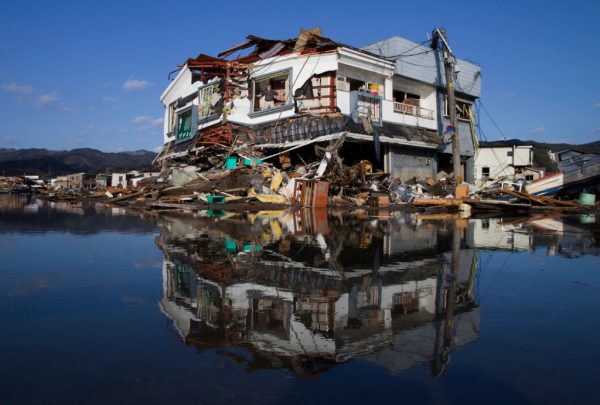
The 2011 earthquake was 9.1 magnitude, some 63 times stronger, and released about 500 times more energy than Wednesday’s quake, CNN reported.



